
Single photon emission computed tomography (SPECT, or less commonly, SPET) is a nuclear medicine tomographicimaging technique using gamma rays. It is very similar to conventional nuclear medicine planar imaging using a gamma camera. However, it is able to provide true 3D information. This information is typically presented as cross-sectional slices through the patient, but can be freely reformatted or manipulated as required.
The technique requires delivery of a gamma-emitting radioisotope (a radionuclide) into the patient, normally through injection into the bloodstream. A marker radioisotope is attached to a specific ligand to create a radio ligand, whose properties bind it to certain types of tissues. This marriage allows the combination of ligand and radiopharmaceutical to be carried and bound to a place of interest in the body, where the ligand concentration is seen by a gamma camera.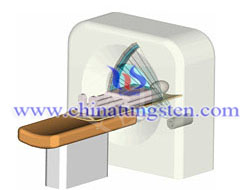 |
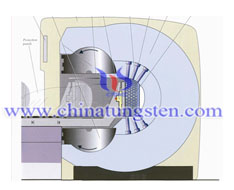 |
During design of shielding, tungsten alloy radiation shielding is calculated according to requirements of shield to abate the multiple shielding materials' thickness.
Formula: K=e0.693 d / △1/2
K: Shield weakened multiple
△ 1/2: The tungsten alloy radiation shielding material of the half-value layer values
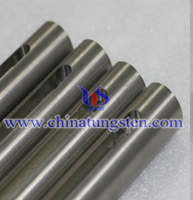 |
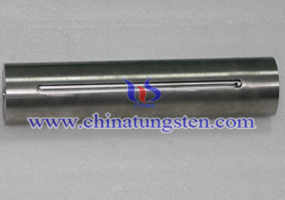 |
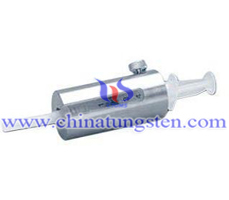 |
If you have any enquiry or purchase plan about tungsten radiation shielding for single photon emission computed tomography,please feel free to contact us at sales@chinatungsten.com sales@xiamentungsten.com. Or call: 0086 592 512 9696, 0086 592 512 9595.